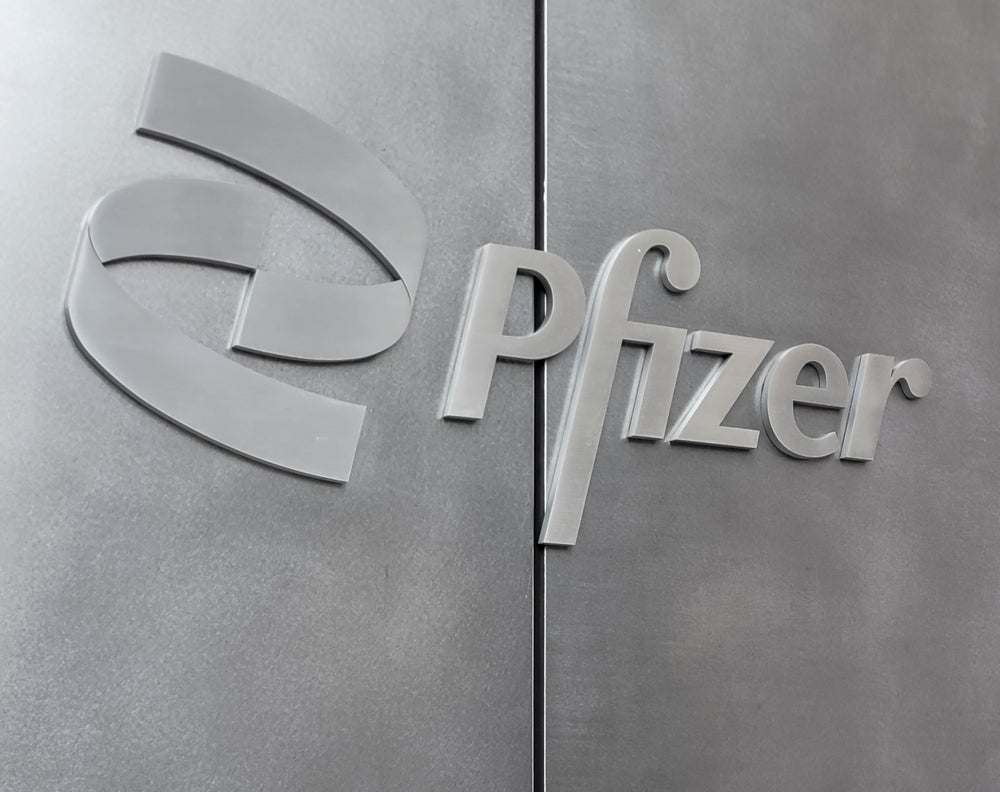On Sunday 21st October at the 2018 American College of Rheumatology and the Association of Rheumatology Health Professionals (ACR/ARHP) Annual Meeting, Dr Yoshiya Tanaka presented detailed new data from Astellas’ RAJ 3 and RAJ4 trials.
Although peficitinib was found in these trials to be safe and effective in patients having previously failed a conventional synthetic disease-modifying anti-rheumatic drug (csDMARD), GlobalData believes that data from the RAJ3 trial in an etanercept control arm may have unfairly distracted from these successes.
RAJ3 was conducted in Japanese, Korean, and Taiwanese patients with active rheumatoid arthritis (RA) and an inadequate response to csDMARDs. Patients were randomized to 52 weeks of treatment with placebo, peficitinib at 100mg/150mg per day, or an open-label control arm receiving etanercept at 50mg per week. As a safety control, the etanercept arm served as a useful comparator in that most measurements of safety, including adverse events (AEs) and laboratory parameters, were similar across the placebo, peficitinib, and etanercept groups.
In the context of efficacy, however, the etanercept-treated arm served only as an unfortunate distraction. Although no statistical comparisons were made between the peficitinib and etanercept arms, in most efficacy parameters (particularly in measurements of low disease activity and remission), etanercept was consistently numerically superior to peficitinib. This trend was particularly striking when compared to data from the RA-BEAM and SELECT-COMPARE trials presented during the same abstract session. Data from these two studies highlighted how JAK inhibitors baricitinib and upadacitinib were statistically superior to the TNF-inhibitor Humira (adalimumab).
However, as tempting as it is to draw hard conclusions about the efficacy of peficitinib compared to etanercept, it really is not a fair comparison. Firstly, according to Dr Tanaka, the etanercept arm was not designed to be a reference comparator, only a safety control. In comparison, in the ORAL Standard study, Xeljanz (tofacitinib) was found to have numerically similar efficacy to adalimumab, which was built into the study design to be an actual reference comparator.
Secondly, the etanercept group was given the drug open-label while the peficitinib and placebo groups were blinded throughout the study, which may have skewed responses. Lastly, it should be noted that as treatment continued over the entire 52 weeks of the study, the ACR20 response among patients in the peficitinib treatment arms converged with those obtained in the etanercept treatment arm.
How well do you really know your competitors?
Access the most comprehensive Company Profiles on the market, powered by GlobalData. Save hours of research. Gain competitive edge.

Thank you!
Your download email will arrive shortly
Not ready to buy yet? Download a free sample
We are confident about the unique quality of our Company Profiles. However, we want you to make the most beneficial decision for your business, so we offer a free sample that you can download by submitting the below form
By GlobalDataBased on these factors, GlobalData posits that when considering data from the RAJ3 trial, the efficacy of peficitinib should not be judged based on direct comparison to the etanercept treatment arm.








